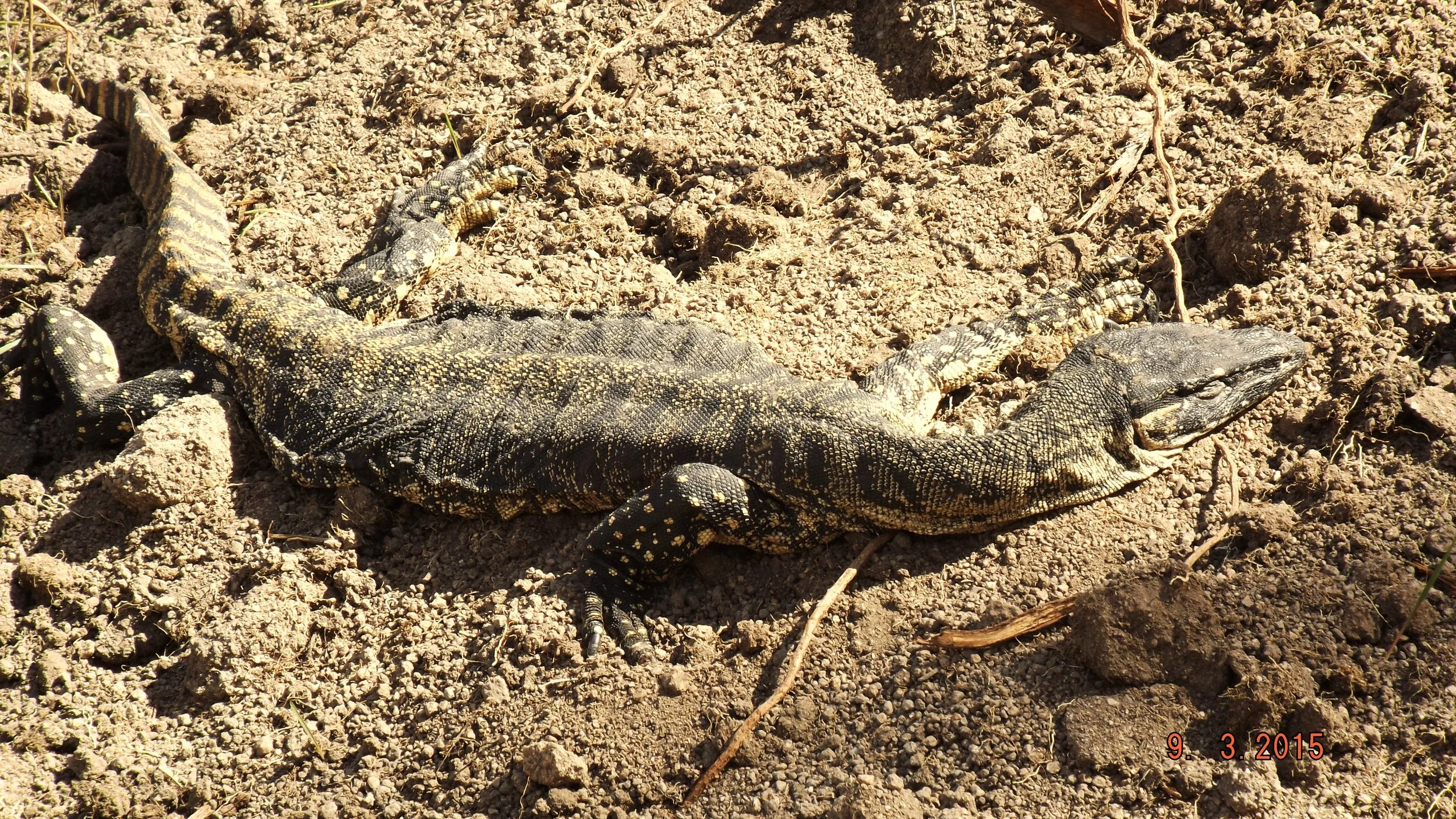A Remarkable Find: Rosenberg’s Goanna Spotted Near Mount Samaria
In a rare and exciting discovery, a Varanus rosenbergi—better known as Rosenberg’s goanna or the heath monitor—was recently recorded just south-west of Mount Samaria in north-east Victoria. The sighting was made on the property of landholder Sev Steinlauf, who has also observed several tree goannas (Varanus varius, or Lace Monitors) on the same site. At first, the recently spotted goanna was assumed to be another tree goanna. However, once photos were uploaded to the citizen science platform iNaturalist, it was quickly identified by several users as Varanus rosenbergi—a species not previously confirmed in the Mount Samaria region.
This remarkable find, now also listed on the Atlas of Living Australia (ALA), marks one of the very few recent records of Rosenberg’s goanna in north-east Victoria and offers a glimmer of hope for one of the state’s most elusive reptiles.
Rosenberg’s goanna is a large, ground-dwelling carnivorous lizard native to southern Australia. Though it once roamed more widely, its presence in Victoria is now extremely fragmented. Most records come from the Big Desert in the north-west, with only scattered sightings at Walwa and Towong in the North East that feature heathy understorey and sclerophyll forests.
Given their similar size and general body shape, Varanus rosenbergi (Rosenberg’s Goanna) is often mistaken for its close relative, the Lace Monitor (Varanus varius). One of V. rosenbergi’s most recognisable traits is the pair of regular dark and light bands along the tail’s full length, along with finely barred lips and a striking dark temporal streak—a pale-edged black stripe that runs from the eye, across the ear, and down the neck. V. rosenbergi’s limbs are also darker and heavily spotted, and juveniles may show an orange flush on the sides of the face and body.
Rosenberg’s goanna is listed as Critically Endangered in Victoria. It faces numerous threats, including habitat loss, inappropriate fire regimes, road mortality, and predation by introduced species. The species requires large home ranges and is closely tied to particular habitat features such as active termite mounds for nesting, along with fallen timber, rock crevices, and hollow logs for shelter.
This discovery on Sev’s property highlights the vital role that private landholders—and digital platforms like iNaturalist—can play in uncovering the presence of threatened species. It also underscores the importance of continued monitoring and habitat protection in the region. With targeted conservation actions and greater community awareness, there’s real potential to support the survival—and perhaps even the recovery—of this fascinating reptile.
With careful stewardship and renewed focus, Rosenberg’s goanna might just reclaim its place in the forests and foothills of north-east Victoria.
The images below show the distinct markings of the Varanus rosenbergi along with an Atlas of Living Australia map showing the isolated observation in the Mount Samaria area.



